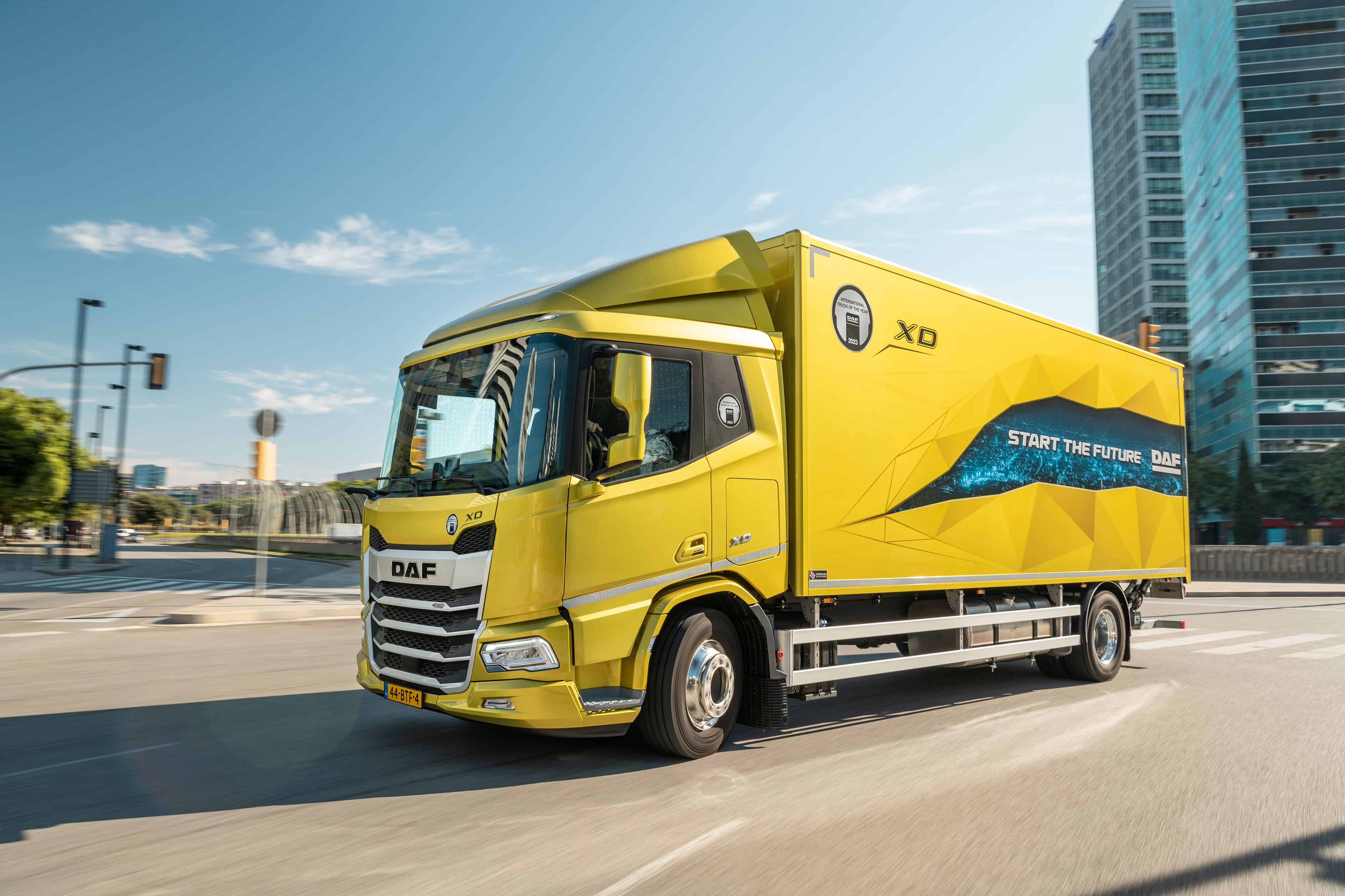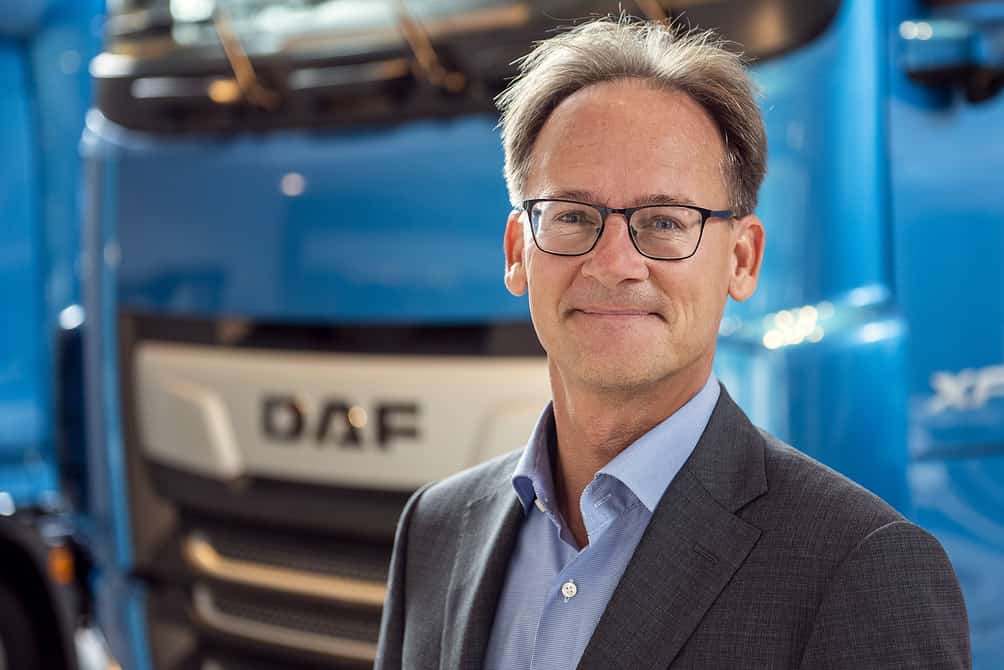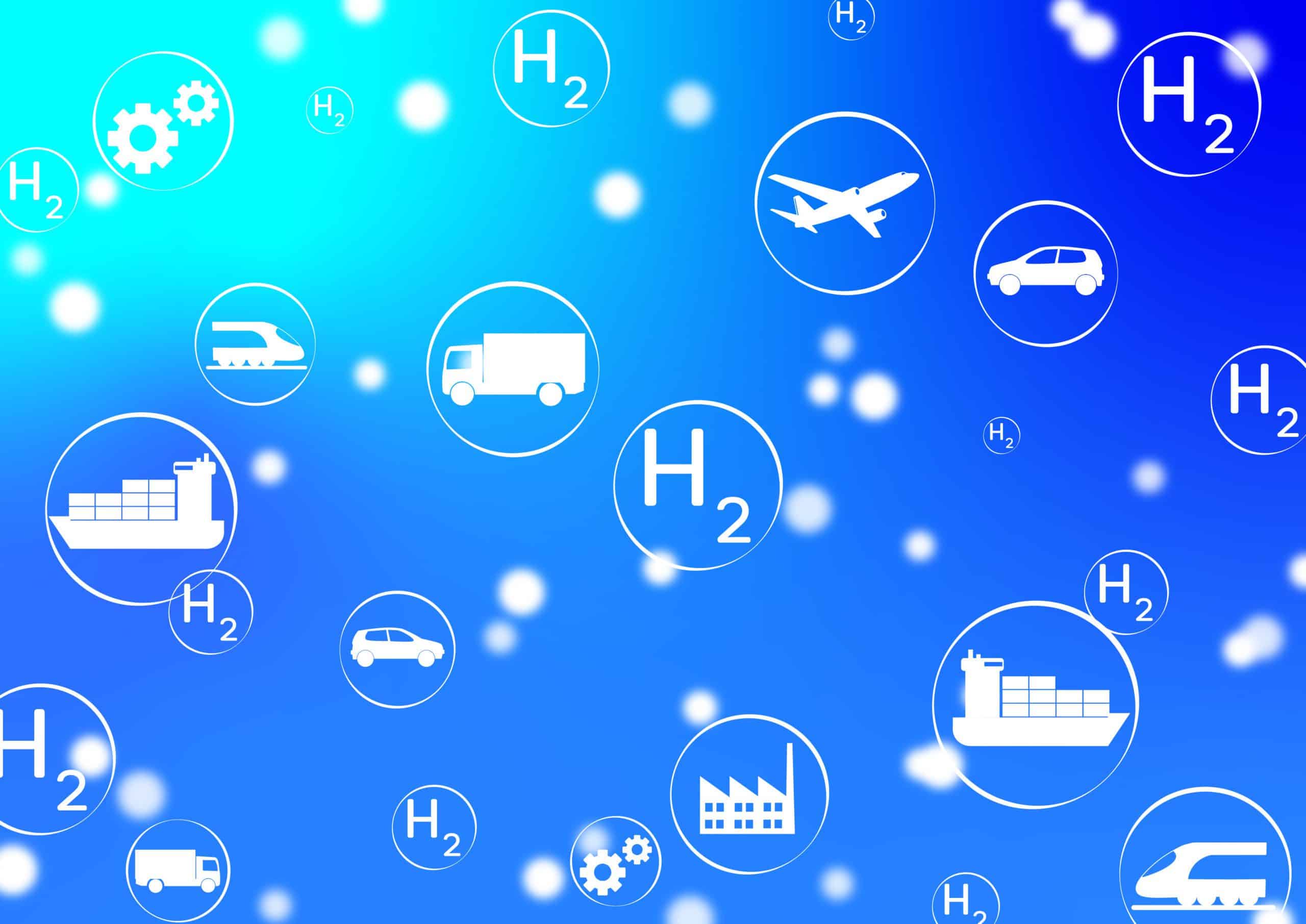
We are on the eve of a transition to a sustainable future, in which clean fuels are indispensable. A reliable supply of green hydrogen, via the so-called Delta-Rhine Corridor, can take sustainability ambitions of companies in the Brainport region to new heights. “It is an absolute opportunity for DAF, and the entire region,” says Ronald Stegers, Energy Manager at DAF Trucks.
- The Delta-Rhine Hydrogen Corridor offers opportunities for safe transport of hydrogen, which is crucial for achieving environmental targets
- The region aims to branch off the hydrogen corridor, opening the way for large-scale sustainable initiatives
Hydrogen plays an important role in the energy transition. The ‘fuel of the future’ serves, even now, as a catalyst for innovation and sustainability in mobility, aviation and industry. To meet climate targets, however, Germany and the Netherlands need more low-CO2 hydrogen than can currently be produced domestically. The aim of the Delta-Rhine Corridor is to transport hydrogen from Germany and the Netherlands to storage sites in the North Sea and possible customers, including in Eindhoven.
The initiative for the hundreds of kilometres-long underground connection is led by the Rijksdienst voor Ondernemend Nederland (RVO) in cooperation with a consortium of international companies, including Gasunie, OGE, Shell and BASF. A total of six pipelines are planned to transport different substances. Gasunie will take charge of transporting hydrogen. The underground ‘highway’ is expected to be ready for use in 2028.
Brainport and hydrogen
Brainport and hydrogen have been inextricably linked for years. Numerous hydrogen technology initiatives and companies are flourishing in the region. DAF Trucks, as well as VDL and E-trucks Europe, have been dedicating themselves to the development of hydrogen-powered vehicles and transport solutions for several years. There is also a lot of knowledge in the region about making (parts) of electrolyzers needed to make hydrogen, such as at TU Eindhoven and companies like VDL, Prodrive, SALD BV and Fluidwell.
Eindhoven University of Technology’s student team SOLID has also created an alternative technology for the safe storage and transport of hydrogen. This innovative concept uses small iron balls as an efficient energy carrier. Start-up RIFT is developing this further.
Opportunities for DAF
DAF Trucks, as one of Europe’s leading truck manufacturers, is nurturing hopes for a side branch of this corridor, which should be closer to the business park. “We saw the proposal and immediately thought: we have to work on this,” Stegers interjects. If enough companies are interested, such a branch on the corridor to Brainport will become financially feasible. “We would become one of the larger buyers and hope that many more companies in the region would see the usefulness of such a pipeline. Then we can share the costs of building and using the pipeline.” What the final cost figure will look like is still unknown. “But we expect the benefits of such a pipeline to outweigh the costs.”

With a keen eye on the future, Stegers sees numerous advantages of the pipeline. “It offers an excellent opportunity to become CO2 neutral on site. On our site, we already have the necessary infrastructure for natural gas, for heating and hardening, among other things. We have large central boilers that can be adapted relatively easily to burn hydrogen to generate heat. With a hydrogen pipeline, we would only need to make a few modifications to the boiler, while the rest of the system could remain unchanged. This is both simple and highly effective.”
Hydrogen also holds great promise for powering trucks, Stegers continued. “We are currently working on both hydrogen combustion engines (where hydrogen is injected into the engine instead of diesel) and fuel cell trucks (which use the chemical reaction between hydrogen and oxygen to produce electricity). Although both technologies are not yet ripe for market introduction, we will want to expand testing at some point. Then it will be nice if we don’t have to supply the hydrogen with tankers but can extract it from a pipeline. The reduction in transport movements is not only safer, but also significantly more sustainable.”

The entire region
The potential of a branch line extends beyond the gates of DAF Trucks. It opens up a wide range of opportunities for different sectors and companies in the Eindhoven region, including for industries with high heat demand. The pipeline thus has the potential to anchor Brainport as a hotbed of sustainable innovation. The Municipality of Eindhoven has begun an inventory of companies that will use hydrogen in the future and would benefit from the hydrogen pipeline.
Rik Thijs, alderman for climate, energy, land and greening at the municipality of Eindhoven: “The Brainport region is of strategic importance for the Netherlands and core cities Eindhoven-Helmond are together one of the 100 European cities with a great ambition to be climate neutral by 2030. We need hydrogen to keep producing, make production processes more sustainable, and enable companies to supply residual heat to homes in our (future) energy supply. We need to look at the business case for a hydrogen pipeline to the Brainport broadly and not just from the current connections!”
As 2028 approaches, Stegers hopes for a positive outcome. “Without the pipeline, it will be a challenge to meet our CO2 reduction targets. With electrification alone, we are simply not going to make it. This pipeline is, for the entire region, an excellent opportunity to achieve our goals,” concludes the Energy Manager.
Want to know more, or have questions about the potential hydrogen pipeline? Then get in touch with Julia van Opdorp from the Municipality of Eindhoven.






